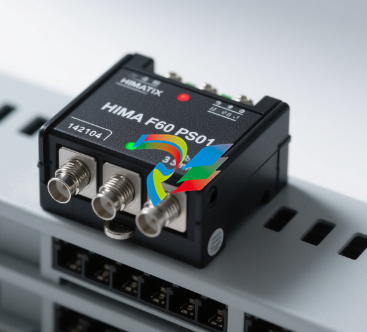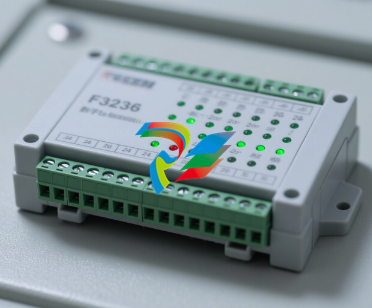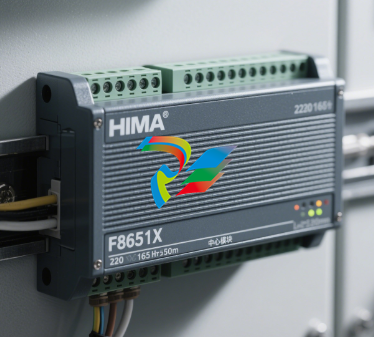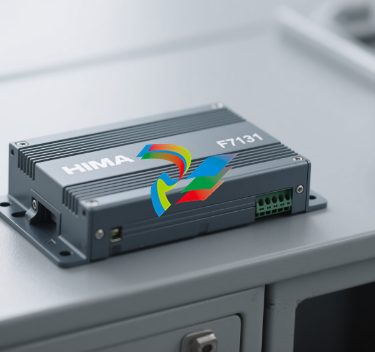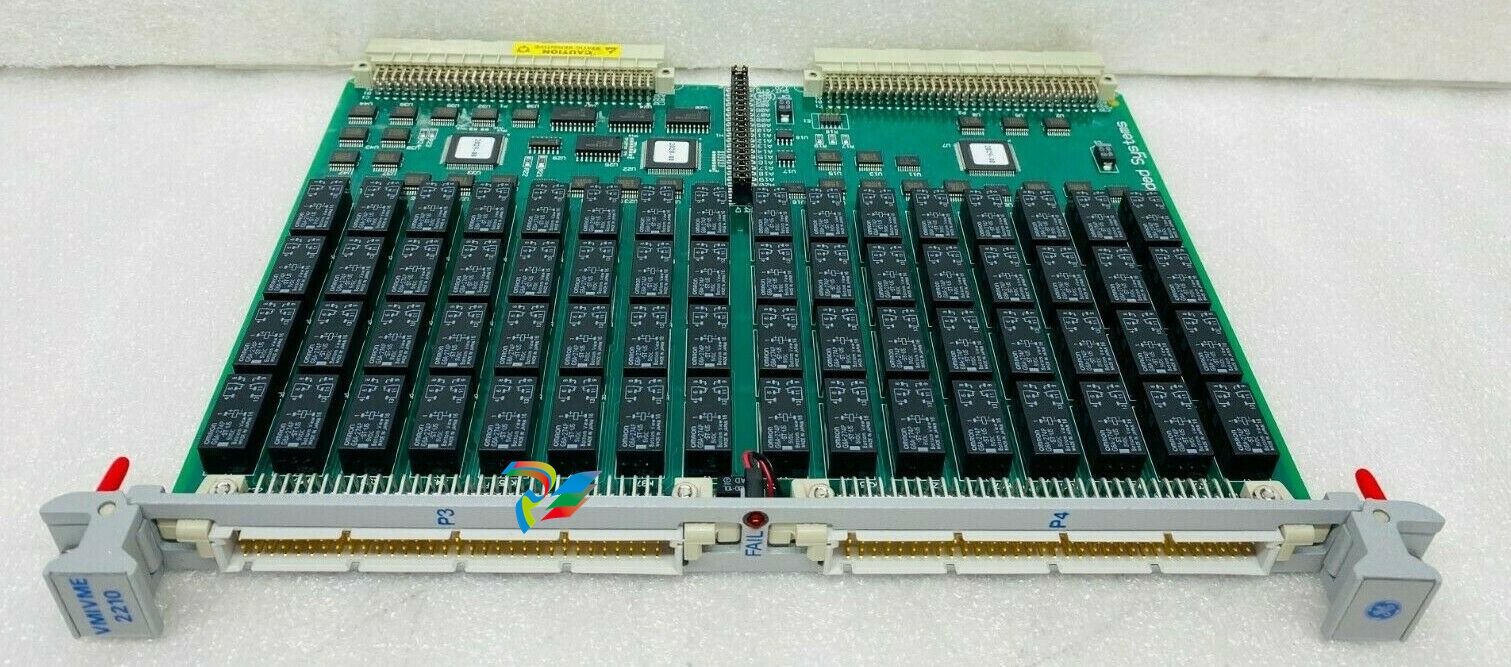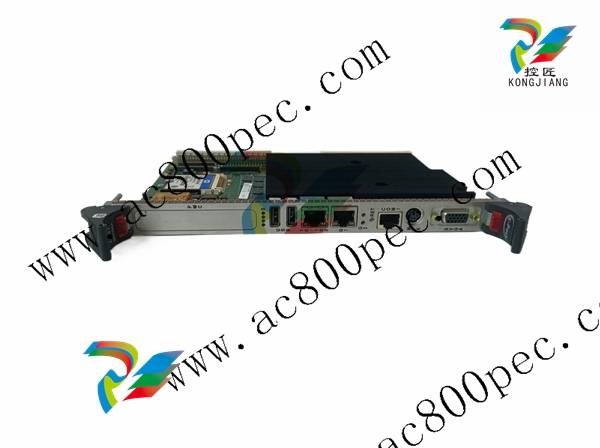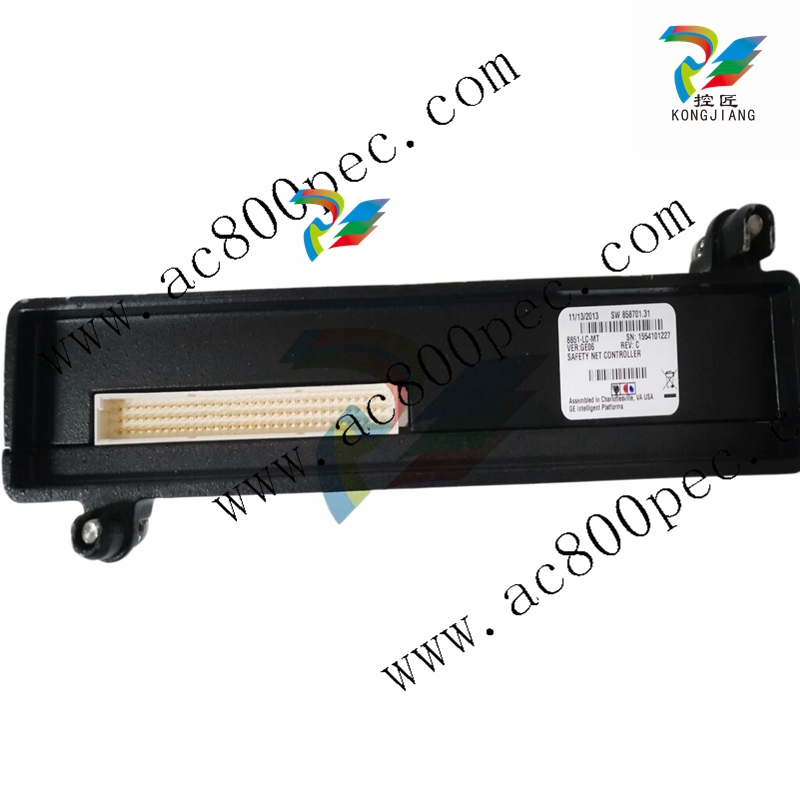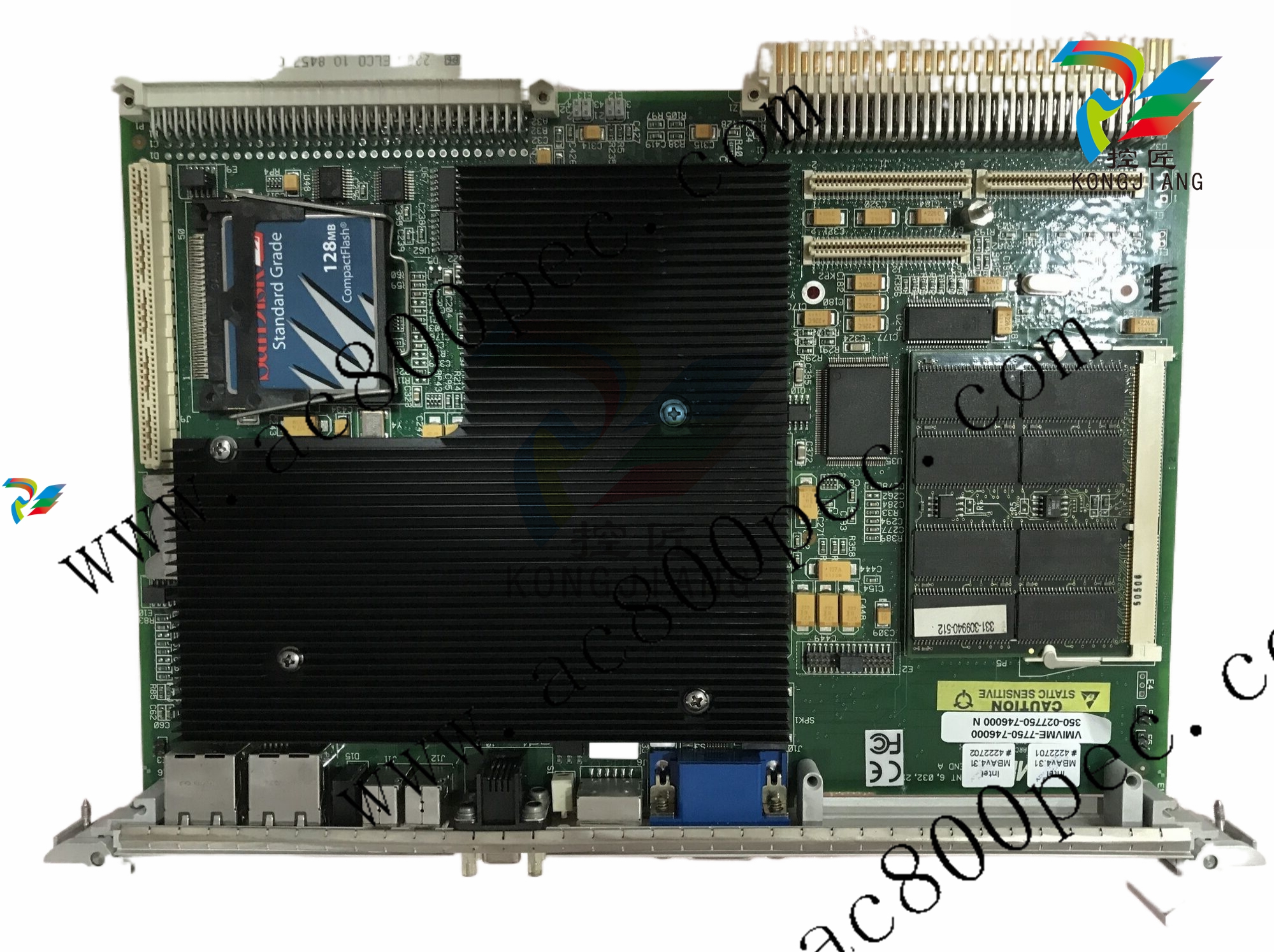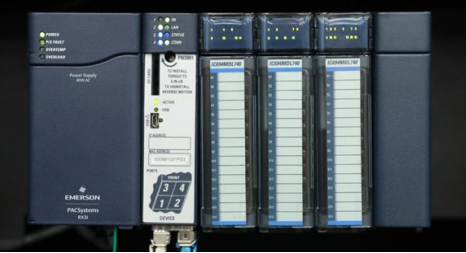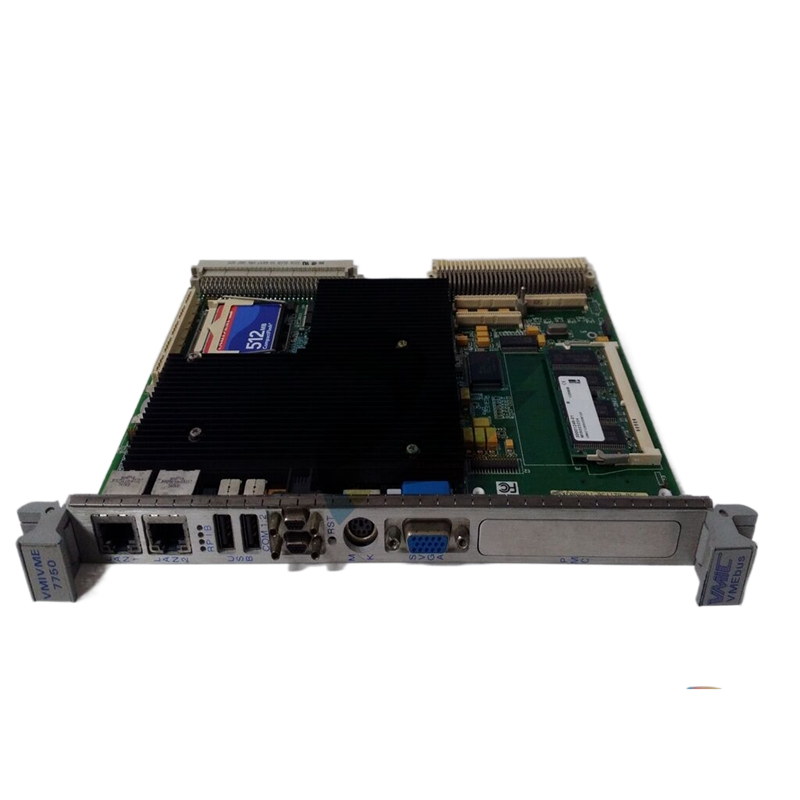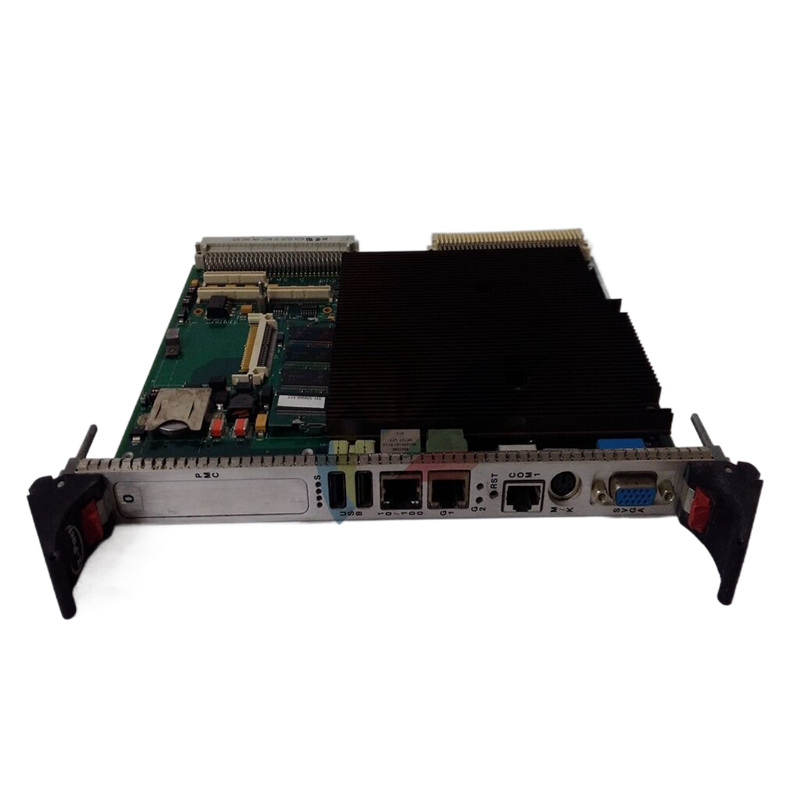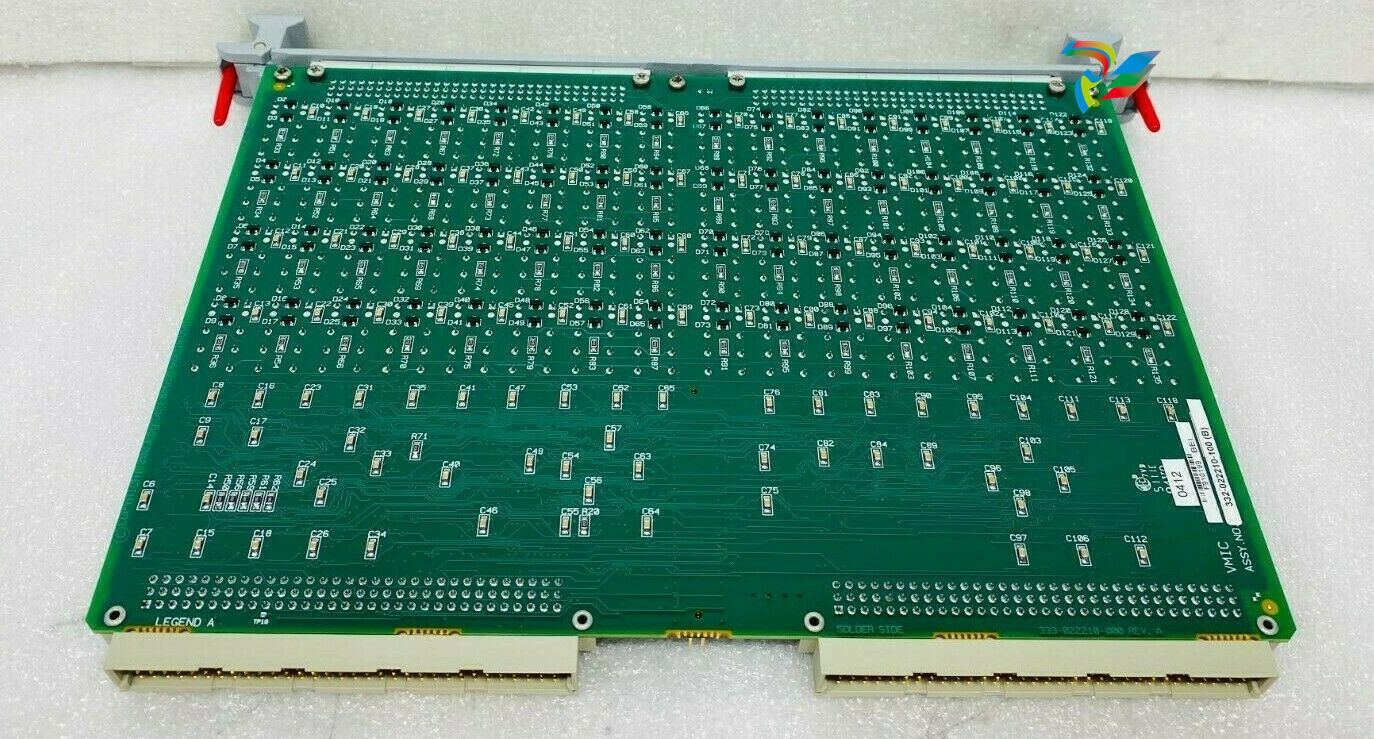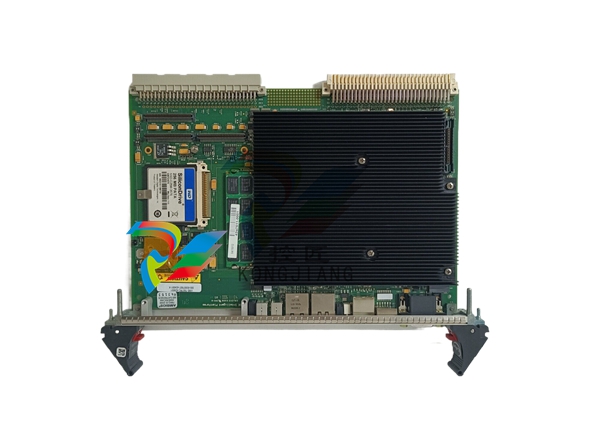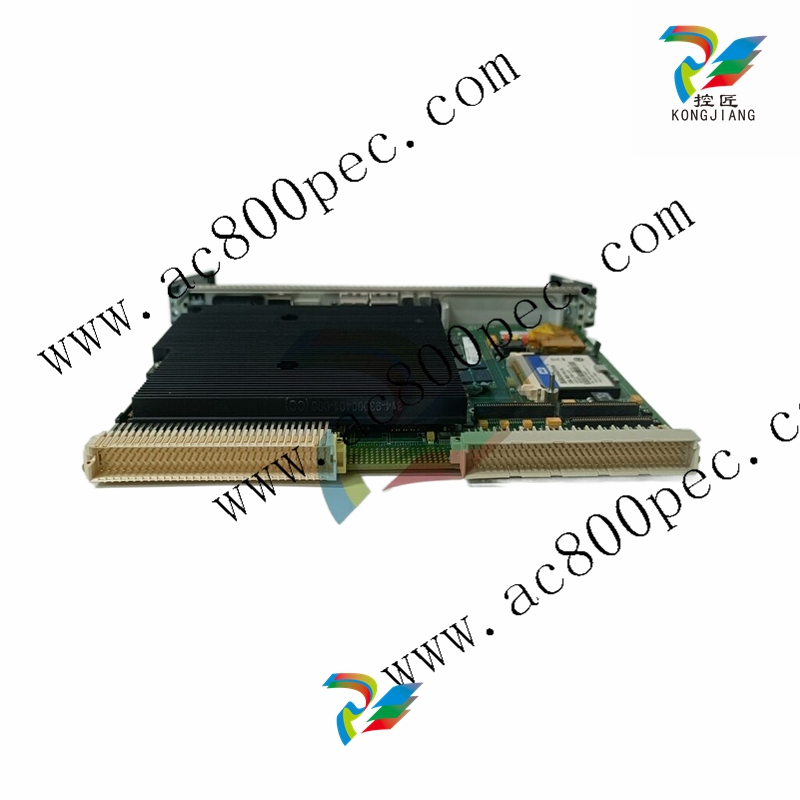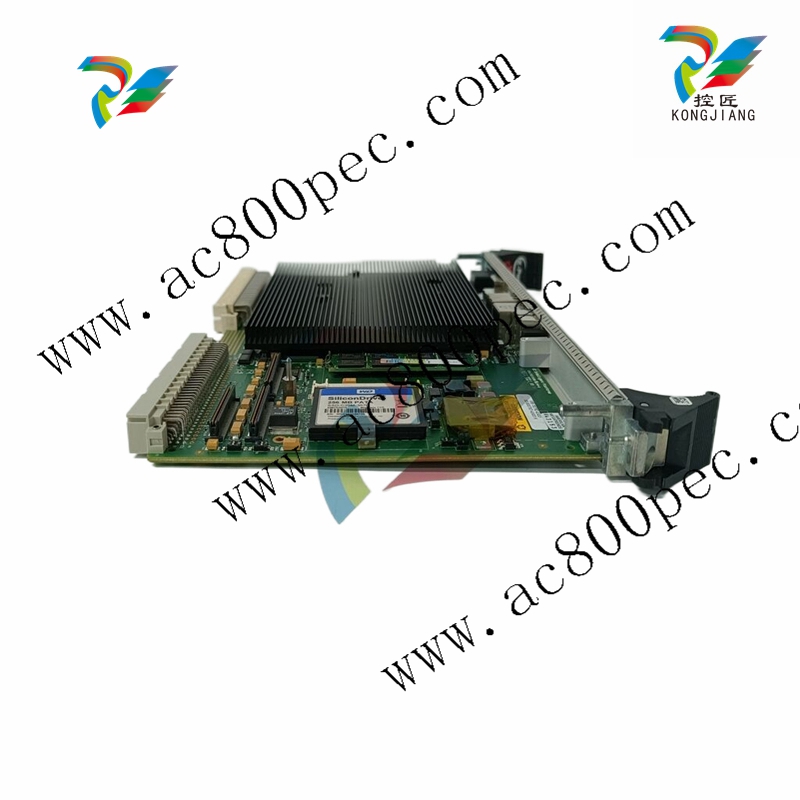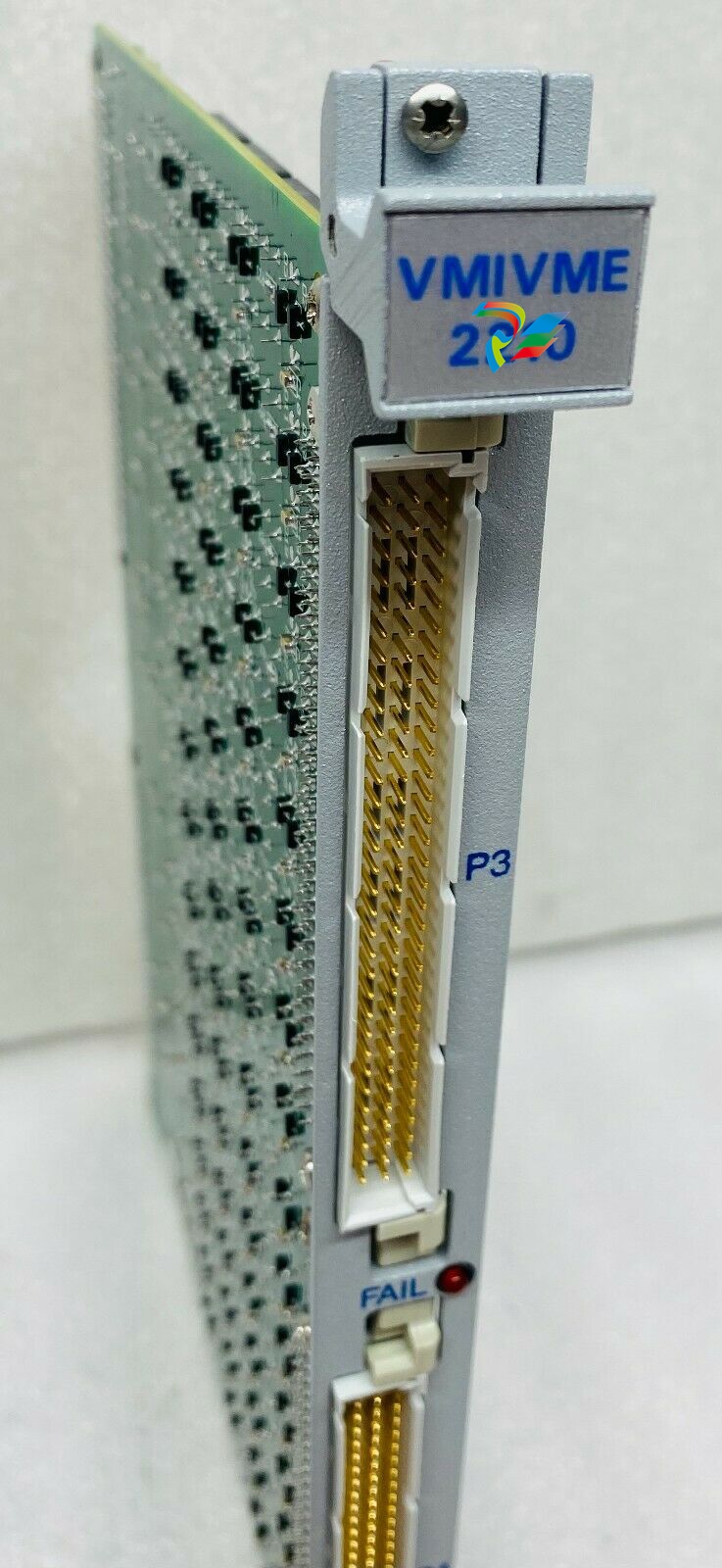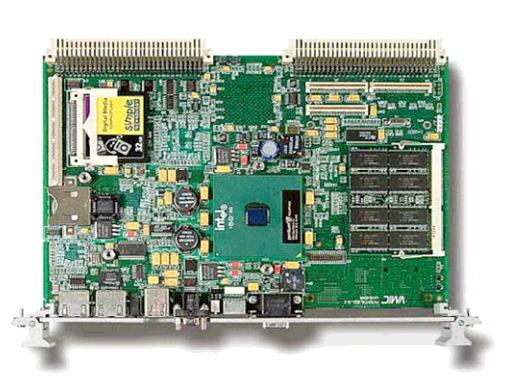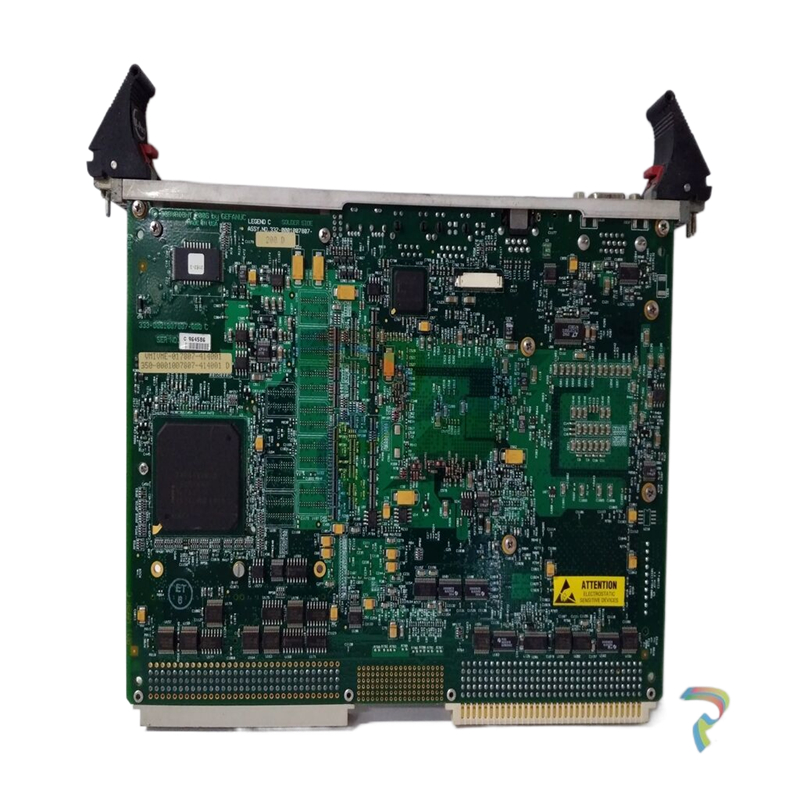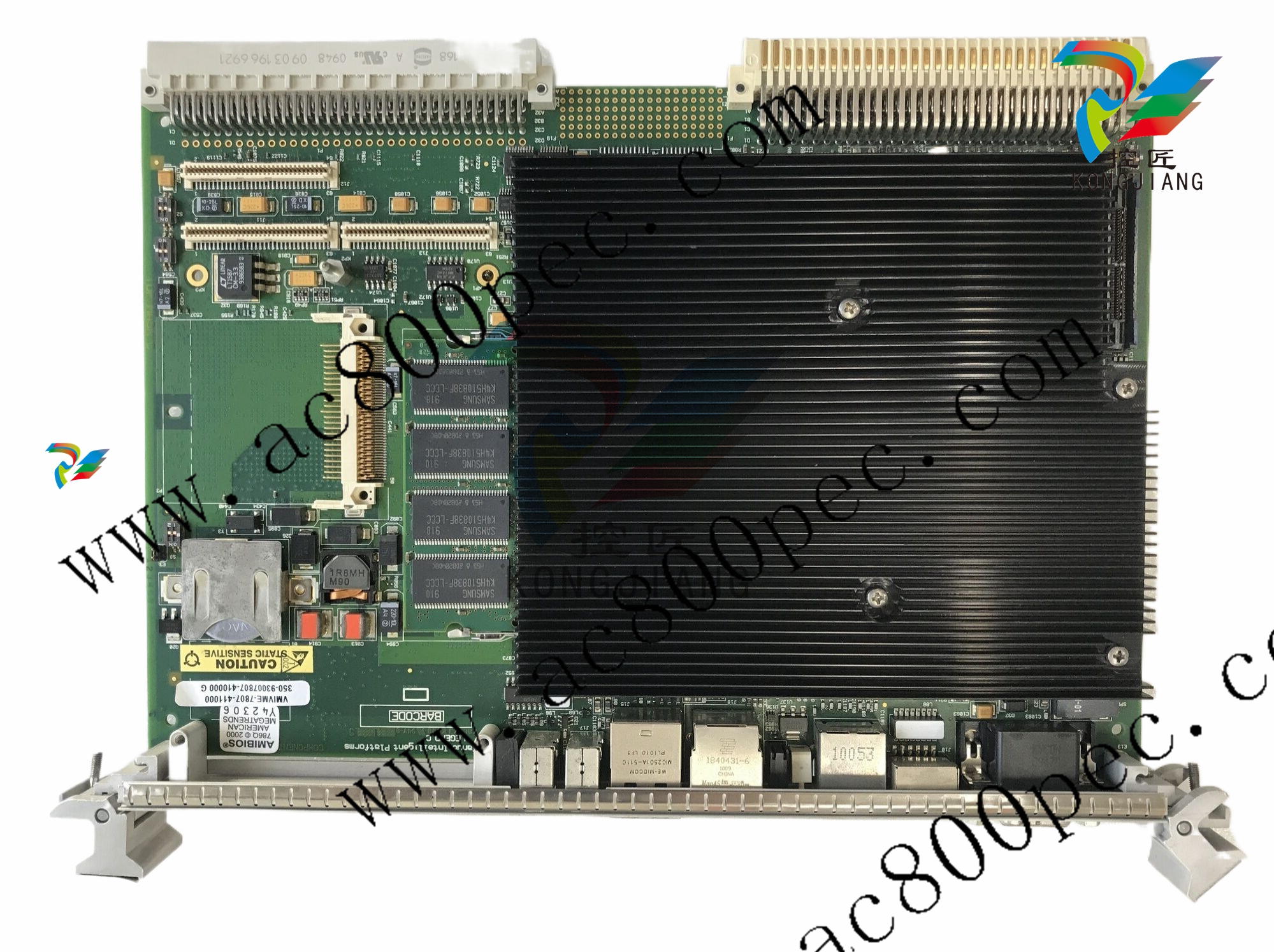
EMERSONWestinghouse E 20 Training From Normal Operation to Se lectric Belgium 14 Catalog vere Accident Management
THE 2014 WESTINGHOUSE TRAINING PROGRAM 1
TRAINING SCOPE
In addition to our engineering and site-service
activities, Westinghouse Electric Belgium
provides training services to customers in the
nuclear industry.
Starting from basic courses describing the
Pressurized Water Reactor (PWR), the training
scope extends to the plant operation field and
Emergency Operating Procedures (EOP’s).
Another area of expertise is represented by the
training courses on core damage mitigation and
severe accident management.
The courses contained in the 2014 training
catalog are arranged in five categories:
Operation and Accident Related Courses
Maintenance Courses
Engineering Courses
Accident-Based Seminars
AP1000
Particular effort is made to eliminate
redundancies and repetition between courses,
thus avoiding loss of time for attendees
participating in several courses.
TEACHING MATERIAL
The materials used to prepare and teach the
courses are based on regularly updated
Westinghouse documents issued by the
Westinghouse Training Organization.
During preparation of the courses, the
instructors have free access to any information
available in the Belgian Engineering Department
or in the US, which assures the high quality of
the technical content of our courses.
The teaching material includes PowerPoint
presentations but also the equipment mock-ups
located at the Field Services, and computer
software available in the Engineering
Department, when needed.
COURSE TEACHERS
The instructors used by the Belgian Training
Organization are drawn mostly from our Belgian
Engineering Department, from the staff of
engineers of the Field Services, or are from the
US training organization. All have demonstrated
instructional skills and practice. Their technical
knowledge is based on years of experience in
engineering and/or on-site jobs, as well as on
specific instructional training courses.
The excellent feedback received from attendees
attests the high level our instructors have attained
GENERAL COURSE ORGANIZATION
Our generic courses are provided on a yearly
basis, in English, and are open to all.
All courses are given in our Nivelles offices, in
Belgium.
Most of courses run for 6 hours a day, starting at
9:00 am.
In addition to our generic courses we also
provide plant specific courses, on site, according
to customer request or needs. This allows the
customer to enroll a large number of attendees
in the classroom which results in a price-perattendee reduction. In addition, the Belgian
Training Organization has a multi-language
capability which is to the benefit of attendees
who are not totally fluent in English.
INFORMATION AND REGISTRATION
Information forms are provided at the end of this
catalog. You may use these now or later in 2014
to receive additional information about a course.
Registration forms are also provided at the end
of the catalog. You may use them now or later in
2014 to reserve one or several seats on a
course.
CONTACTS
For any queries about our training program and
capabilities, please contact:
Nathalie Dessars
Manager
Safety Analysis & Risk Applications
Tel. 32-67.28.82.11
e-mail: dessarn@westinghouse.com
Annick Colignon
Training Administrator
Safety Analysis & Risk Applications
Tel. 32-67.28.82.19
CALENDAR FOR 2014 COURSES 5
The following agenda is liable to modification in case of coincidence between a generic course and a
customer specific training session. The courses for which no date is indicated will be organized upon
customer request.
Identification Title Dates
OPERATION AND ACCIDENT
OP 141 PWR Plant Systems Description and Operation 3-7 March
15-19 September
OP 142 PWR Plant Chemistry Upon request
OP 143 Transient and Accident Analysis 6-17 October
OP 144 Emergency Response Guidelines 20-24 October
OP 145 Core Damage Mitigation and Severe Accident Management 29 September -
3 October
OP 146 Dedicated TSC/STA Training for EOP Support 1-5 December
MAINTENANCE
MAIN 141 Reactor Coolant Pump Seal Maintenance and Inspection Upon request
ENGINEERING
ENG 141 ASME Code Familiarization Upon request
ENG 142 US-Nuclear Standards, Rules and Regulations Upon request
ENG 143 Fracture Mechanics Applications Upon request
ACCIDENT-BASED SEMINARS
ABS 141 Loss of Coolant Accident and Loss of All AC Power Accidents Upon request
ABS 142 Steam Generator Tube Rupture Upon request
ABS 143 Pressurized Thermal Shock Upon request
ABS 144 Fission Products Behavior During a Severe Accident Upon request
ABS 145 Emergency Plan Implementation During a Severe Accident Upon request
AP 1000 AP 1000 Upon request
PWR Accident Analysis and Mitigating Core Damage SNE560 15
Shift Technical Advisor (STA) Operational Applications SNE570 3
Shift Technical Advisor (STA) Training Seminars SNE580
Station Nuclear Engineer (SNE) Applications SNE594 15
Advanced Station Nuclear Engineer (SNE) Refresher SNE714
Online Station Nuclear Engineer (SNE) SNE800 12 weeks
INSTRUMENTATION & CONTROL TRAINING
Title US Code # Days
Inadequate Core Cooling Monitor (ICCM-86) NIC275 10
RVLIS Hydraulics NIC276 5
Common Q Platform Overview NIC290 3
7300 Process Instrumentation NIC320 10
7300 Process Instrumentation Refresher NIC321 5
Nuclear Instrumentation System (NIS) NIC335 5
Nuclear Instrumentation System (NIS) Refresher NIC336 5
ONLINE – Nuclear Instrumentation System NIC337 10 weeks
Nuclear Instrumentation System Troubleshooting NIC338 5
Incore Instrumentation System NIC340 5
Solid State Protection System (SSPS) NIC350 10
Solid State Protection System (SSPS) Refresher NIC351 5
ONLINE – Solid State Protection System (SSPS) NIC352 10 weeks
Solid State Protection System (SSPS) Troubleshooting NIC353 5
Rod Control System (RCS) NIC355 10
Rod Control System (RCS) Refresher NIC356 5
ONLINE – Rod Control System (RCS) NIC357 10 weeks
Rod Control System (RCS) Troubleshooting NIC358 5
Digital Rod Position Indication System (DRPI) NIC360 5
7300 Process Instrumentation Scaling NIC380 5
Ovation System Overview OPC100 -
PWR PLANT SYSTEMS DESCRIPTION
AND OPERATION (OP 141)
Course Objectives
This course is designed to review the design
basis and layout of the major PWR plant
systems. The interactions between the different
systems and the overall plant integration are
particularly enhanced.
Exercises are foreseen in order to understand
systems operation.
Course Outline
DAY 1
Course Introduction
Introduction to Reactor Theory
Neutron physics principles and reactor
theory
Core feedback
Thermal hydraulics of the PWR core and
heat exchanger
DAY 2
Reactor Coolant System
Reactor vessel and core
Steam generator
Reactor coolant pump
Pressurizer
Chemical and Volume Control System
Make-up
Boron recycle
Boron thermal regeneration
Residual Heat Removal System
DAY 3
Balance of Plant Systems
Main steam and turbine
Main feedwater and condenser
Instrumentation & Control Systems
Resistance temperature detectors
Incore and excore nuclear instrumentation
Pressure, DP and level measurements
Rod control system
Steam dump
Pressurizer level and pressure control
Steam generator water level control
DAY 4
Plant Operation
Reactor Trip and Protection System
Actuation Logic
Engineered Safety Features Description
Emergency core cooling system
Auxiliary feedwater
Containment systems
DAY 5
Accident Analysis
FSAR
Technical Specification
Introduction to Emergency Operating
Procedures (EOP’s)
Introduction to Severe Accident Management
Guidelines (SAMG’s)
Questions and Answers
PWR PLANT CHEMISTRY (OP 142)
Course Objectives
The purpose of this course is to explain the
chemistry of the PWR, the problems that arise
during operation and the actions to be taken to
minimize the effects caused by these problems.
After an initial refresher on the basic principles
of nuclear power, the course proceeds with an
examination of the controls required for safe
long term operation and leads to a set of
specifications and actions aimed at maintaining
the required conditions.
On completion of the course, attendees will have
a full understanding of chemistry requirements
and how they are met.
Course Outline
DAY 1
Introduction and presentation of course
PWR chemistry and corrosion
PWR conventional and radiochemistry
Reactivity control, chemical shim and boron
chemistry
Reactor coolant crud
Tritium
DAY 2
Fission product poisoning
Primary chemistry specifications
Secondary side chemistry
SG primary water stress corrosion cracking
SG secondary side corrosion
Secondary side specifications
DAY 3
Secondary side specifications
Shutdown chemistry and radiochemistry
Operating experiences
Chemistry during abnormal conditions
Course summary and closure
Evaluation and feedback
TRANSIENT AND ACCIDENT ANALYSIS
(OP 143)
Course Objectives
The purpose of this course is to give the
attendees the feel for plant behavior during
normal, abnormal and accident transients.
Course Outline
FIRST WEEK
DAY 1
Course Introduction
Radiological Aspects of Core Damage
Fundamentals of Reactor Theory
DAY 2
Fundamentals of Reactor Theory (continued)
Introduction to Accident Analysis
DAY 3
Introduction to Accident Analysis (continued)
Reactivity Addition and Power Distribution
Anomaly Accidents
DAY 4
Increased Heat Removal by the Secondary
System Accidents
Reduced Heat Removal by the Secondary
System Accidents
DAY 5
Reduced Reactor Coolant Flow Accidents
Loss of Reactor Coolant Accidents
SECOND WEEK
DAY 1
Loss of Reactor Coolant Accidents
(continued)
Steam Generator Tube Rupture Accidents
DAY 2
Introduction to Mitigating Core Damage
Critical Safety Function:
Subcriticality
ATWS
DAY 3
Critical Safety Function:
Core Cooling
Inadequate Core Cooling
Critical Safety Function:
Heat Sink
Loss of Secondary Heat Sink
DAY 4
Critical Safety Function:
Primary Integrity
Pressurized Thermal Shock
Critical Safety Function:
Containment
Severe Accident Phenomenology
DAY 5
Severe Accident Phenomenology
(Continued)
Accident Response Instrumentation
EMERGENCY RESPONSE GUIDELINES
(OP 144)
Course Objectives
The purpose of this course is to explain the
background of the ERGs Rev. 2, and their use.
Emphasis is placed on understanding of
phenomena and recovery actions rather than
pure description of procedures.
Course Outline
DAY 1
Philosophy and structure of the ERGs
E-0 procedure and subprocedures
DAY 2
LOCA concerns
E-1, E-2 and subprocedures
DAY 3
Steam Generator Tube Rupture
E-3 and Subprocedures
DAY 4
ATWS
Inadequate Core Cooling
Loss of Feedwater
DAY 5
Pressurized Thermal Shock (PTS)
Containment Integrity
RCS Inventory
Total Loss of AC Power
Questions and Answers
CORE DAMAGE MITIGATION AND
SEVERE ACCIDENT MANAGEMENT
(OP 145)
Course Objectives
This course is designed to familiarize plant
operation personnel and staff members with
severe accident phenomena and accident
scenarios highlighting the recovery and
mitigation actions to prevent and limit core
damage, maintain containment integrity and
minimize the fission product releases. The
Severe Accident Management Guidelines
(SAMGs), developed by the Westinghouse
Owners Group, are presented and their link with
the Emergency Operating Procedures and the
Site Emergency Plan is explained.
Course Outline
Introduction
Definition of a severe accident
Description of Chernobyl, Three Mile
Island, and Fukushima Accidents
Tools for the Study of the Severe
Accidents
PSA Terminology and Scope
PSA Example Results
PSA Uses
PSA Decision Making Criteria
Severe Accident Simulation Models
Example Severe Accident Sequence
Introduction to Severe Accident
Management
Plant behavior prior to Core Damage:
Initiating Events, Emergency Operating
Procedures (EOPs)
Anticipated Transient Without Scram
(ATWS)
Loss of Coolant Accidents / Inadequate
Core Cooling (ICC)
Loss of Feedwater / Loss of Heat Sink
(LOHS)
Loss of AC Power
Severe Overcooling / Pressurized
Thermal Shock (PTS)
Response of Instrumentation to Core
Uncovery
Plant behavior during and after core damage:
in vessel phase
Behavior up to core uncovery
Core melt progression
Hydrogen generation
Natural circulation and creep failure
phenomena
Reactor vessel failure
Importance of EOPs and operator actions
Plant behavior during and after core damage:
ex- vessel phase
Containment design
Debris dispersal
Direct containment heating
Vessel thrust
Steam explosions
Debris coolability
Core concrete attack
Hydrogen behavior in containment
Containment fragility and failure modes
Radiological Aspects
Fission product inventory
Fission product release from fuel
Fission product transport
Source terms
Severe accident mitigation hardware
Filtered containment venting
Emergency containment spray system
Hydrogen control systems
Severe Accident Management Guidance –
WOG SAMG Overview
Background
Scope and philosophy
Technical basis
Goals
Structure of SAMG
Interface with EOPs and E-plan
Control room SAMG
TSC SAMG
Instrumentation
Phenomenology
Computational aids
Design variations
Summary
DEDICATED TSC/STA TRAINING
FOR EOP SUPPORT (OP 146)
Course Objectives
The purpose of this course is to provide the
necessary information to Technical Support
Center (TSC)/Shift Technical Adviser
(STA)/Plant Engineering Staff (PES) such that
they can provide adequate and effective support
to the operators during an accident recovery.
Course Approach
The teaching approach combined classic
presentations where the physical aspects of the
most important EOP recovery strategies are
presented and explained with Case Studies,
which put the attendees in situations for which
they have to come up with answers to operator
initiated questions or advises. The Plant
Engineering Staff (PES) Case Studies in the
following agenda are intended to provide
information on the possible evaluations that a
Technical Support Center (TSC), Shift Technical
Adviser (STA) or Plant Engineering Staff (PES)
would have to perform to support control room
operators in case of accidents. This includes
evaluations concerning:
RHR suction alignment
Need to transfer to hot leg recirculation
Establishing RCS letdown or not
Venting RV head or not
Post-SGTR cooldown method
Control of sump pH
SG overfill
Which SG to use for cooldown
Reinitiation of feed to a dry SG
RCP status
Long term plant status
Course Outline
DAY 1
Symptom-Based Emergency Operating
Procedures – Introduction
Diagnostic
SI Termination & Reinitiation Criteria
EOP Evaluations by TSC or Plant
Engineering Staff
Loss of Coolant Accident Physics in Relation
with Break Size
DAY 2
RCP Trip/Restart Criteria
SI Reduction Criteria
Case Study 1 – Small Break LOCA
Case Study 2 – Large Break LOCA
DAY 3
Shutdown LOCA
Case Study 3 – Stuck Open Safety Valve
Case Study 4 – LOCA Outside Containment
Pressurized Thermal Shock Aspects – FR-Ps
DAY 4
E-3, Steam Generator Tube Rupture
SGTR Contingencies
Case Study 5 – SGTR
Case Study 6 – Faulted & Ruptured SG
Return to power & ATWS
DAY 5
Case Study 7 – Anticipated Transient
Without Trip
Total Loss of Feedwater & Bleed and Feed
Case Study 8 – Loss of Secondary Heat Sink
Case Study 9 – Degraded and Inadequate
Core Cooling
Instrument Response in Accident Conditions
MAINTENANCE COURSES
MAIN 141: Reactor Coolant Pump Seal Maintenance and Inspection
REACTOR COOLANT PUMP SEAL
MAINTENANCE AND INSPECTION
(MAIN 141)
Course Outline
1. Theory and functional description of the
RCP
- 3 days: theoretical
- 2 days: practical
General description of the pump and
motor components
Description of the seal area
Flow paths
Internal
External - Interface with CCW
- Injection water
Auxiliary equipment
Pump side: filters, standpipe
Motor side: oil lift system
Bearing system
2. Walk through the total inspection program
(classroom phase)
Dismounting technique of seals
Discussion of
Why to inspect
How to inspect
Inspection intervals
Inspection technique
Inspection criteria
Monitoring of seals
3. Practical training in dismounting/erection
Practical demonstration of seals
dismounting/erection following the
manual
The purpose is to apply the theoretical
aspects reviewed on the first day.
The exercise will be done on the ESC
mock-up using the adequate tools and
equipment.
4. Practical performance of inspection
program
This session is dedicated to the practical
performance of dismounting/remounting
and seals inspection on the ESC mock-up.
Each person will have the opportunity to
handle the equipment under the lead of
instructors.
5. Theoretical description of motor to pump
alignment
Centering of pump (on Mock-Up)
Swing check
Oil lift
Axial end play
Discussion of tooling used and
modifications
Conclusion and open discussion
ENGINEERING COURSES
ENG 141: ASME Code Familiarization
ENG 142: US-Nuclear Standards, Rules and Regulations
ENG 143: Fracture Mechanics Applications
ASME CODE FAMILIARIZATION
(ENG 141)
Course Objectives
The purpose of the course is to present the
background and history of the ASME code for
boiler and pressure vessel design and
construction. Specific attention is also paid to
the organization and use of the code. At the end
of the course the attendees will be able to
manipulate the ASME code for their own
application.
Practical workshops are foreseen to enhance
code utilization.
Course Outline
DAY 1
What is the ASME code?
General introduction to the ASME B&PV
Code
Comparison and relationship with other
US and European Codes: ANSI, ASTM,
AWS, ASNT, French RCCM, German
KTA
Administration of the ASME Code and
organization of the Code editions and
addenda.
Why was the Code introduced and how is it
applied in the nuclear industry?
Significant events in the USA
References to US Code of Federal
Regulations (CFR) and NRC Regulatory
Guides
Design Basis and the Code
Adaptation and use of the ASME Code in
European countries. Position of the
respective National Regulatory Bodies.
How is the ASME code organized?
Detailed content of the ASME B&PV code
Definitions
Organization in sections
Organization in subsections and articles
Interpretations and Code cases
Relationship between the different parts of
the Code
Nuclear Power Plant components:
definition of and relationship between
ANSI Safety Classification and ASME
Code Class
Workshop on the general Code structure and
use.
DAY 2
Specific presentation of the Code sections of
main interest to the Nuclear Power Industry
Section II Material Specifications
(Ferrous, Nonferrous and Welding
Materials)
Section III Subsection NCA
Scope of each Subsection
Structure in Articles (1000 to 8000)
Subsection NB: Class 1 Components
Article 2000 (Material)
Article 3000 (Design)
Article 4000 (Fabrication and
Installation)
Article 5000 (Examination)
Article 6000 (Testing)
Subsections NC, ND: Class 2 and 3
Components
Subsection NF: Component Supports
Subsection NG: Core Support Structures
Specific presentation of the Code section III
Article NB-3000 (Class 1 Components
Design)
This presentation will address the
concepts and background applied in
NB-3000: General Design, Design by
Analysis (i.e. NB-3200, stress categories
and respective limits), Design by Rules
(e.g. NB-3600 Piping)
Purpose, meaning and details of specific
equations will be presented (e.g. NB-3600
Class 1 fatigue analysis)
Workshop on the use and application of
ASME III subsection NB.
DAY 3
Specific presentation of the Code sections
Section V: Nondestructive Examination
NDE methods and actual records will be
presented to the attendees
Section VIII: Pressure Vessel, relation and
difference with Section III
Section IX: Welding and Brazing
Qualifications
Introduction to Fracture Mechanics concepts
and their application in ASME III Appendix G,
ASME XI, and 10CFR50 Appendix G
Section XI: In-service Inspection of NPP
Components.
Exercises on Section XI application
Summary overview of the Code usage
through the component life (design,
inspection, repair, fatigue monitoring)
Current development of the Code, NRC
position, European Regulators position
US-NUCLEAR STANDARDS, RULES
AND REGULATIONS (ENG 142)
Course Objectives
This course will provide an overview of the
nuclear rules, regulations and standards,
currently applicable in the US and followed in
many other Western countries.
Their application in licensing during construction
and operation of a nuclear power plant will be
discussed.
Aspects of safety classifications, qualification,
quality assurance programs, maintenance and
inspection, and rules of backfitting are included
in the program.
The US rules presented will be compared
samplewise with other international regulations.
This course is addressed to people looking for
an introduction to Western nuclear standards. It
can serve as a preparation for specialized
courses (for example on the ASME-Code).
Course Outline
DAY 1
Safety objectives
Licensing process
Introduction to US rules and regulations
Policy statements
Regulations
Regulatory guides and standard review plan
National standards
Industry practice
Other NRC documents
Compliance with regulatory requirements
Safety classification
DAY 2
Seismic classification
QA classification
Classification for electrical and I&C
equipment
Application of safety classes and ASME code
for mechanical equipment
Application of safety classes and IEEE
standards for electrical equipment
Qualification of electrical and I&C equipment
Software qualification
QA program requirements
Backfitting and upgrading

